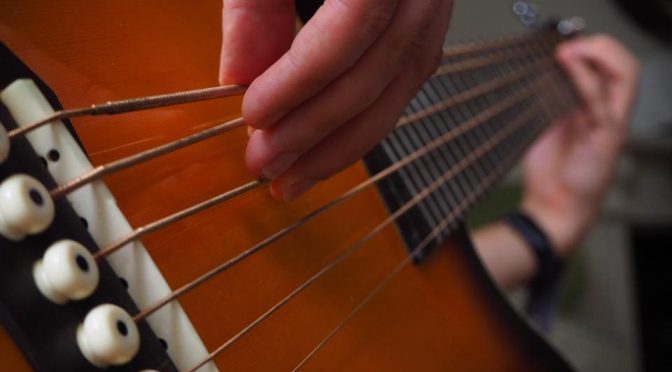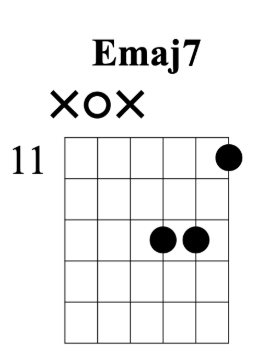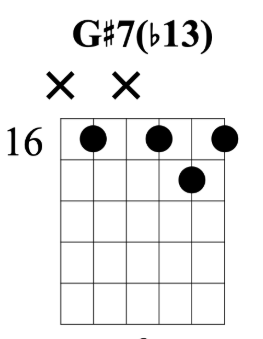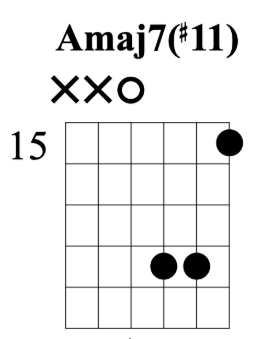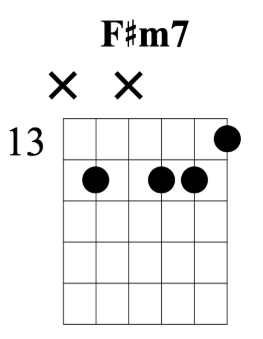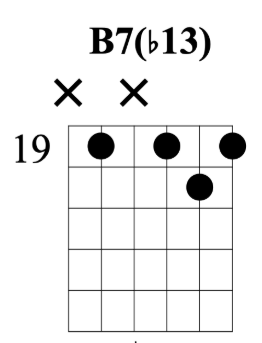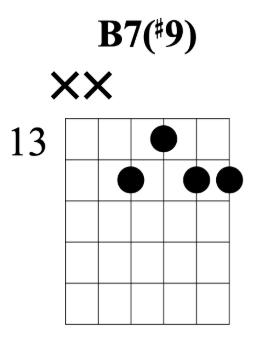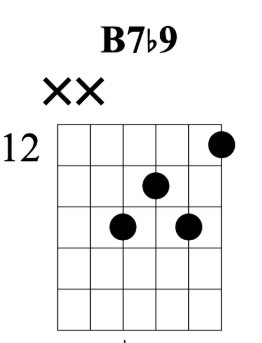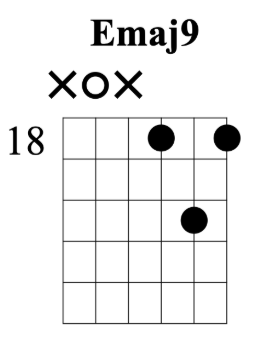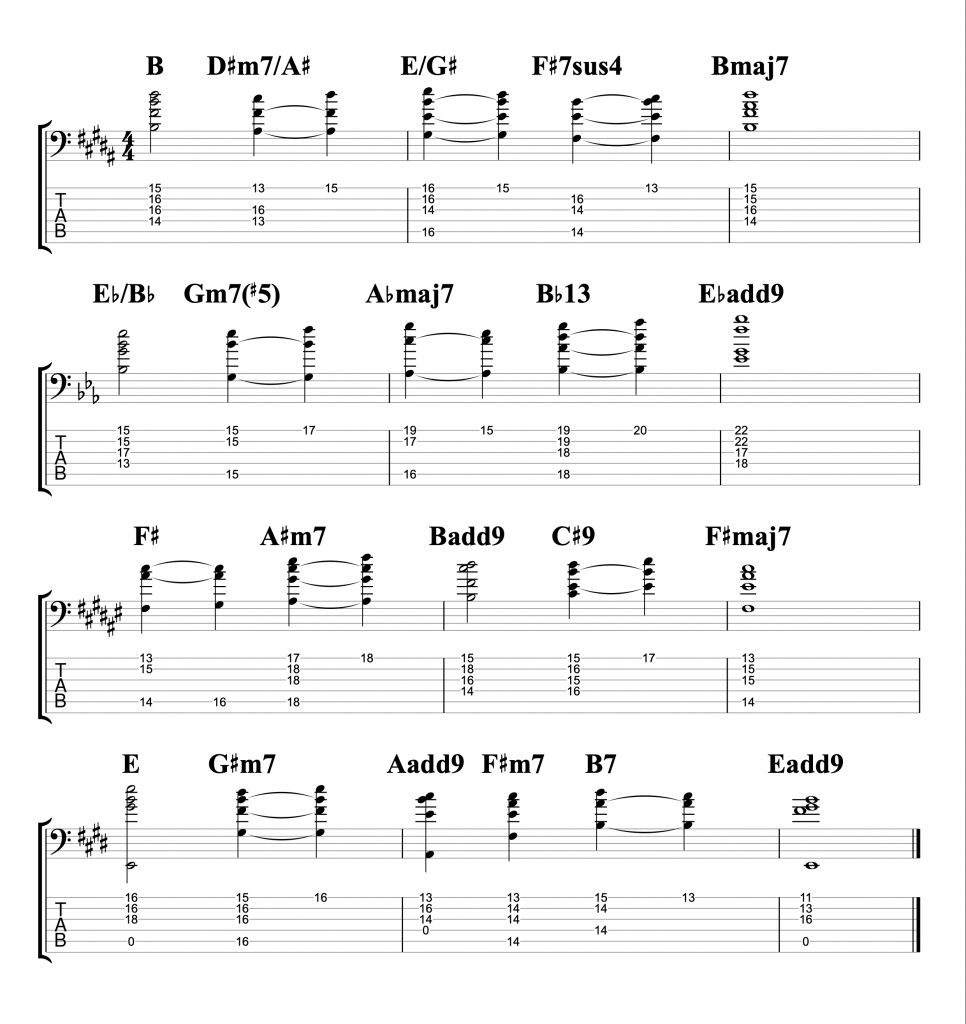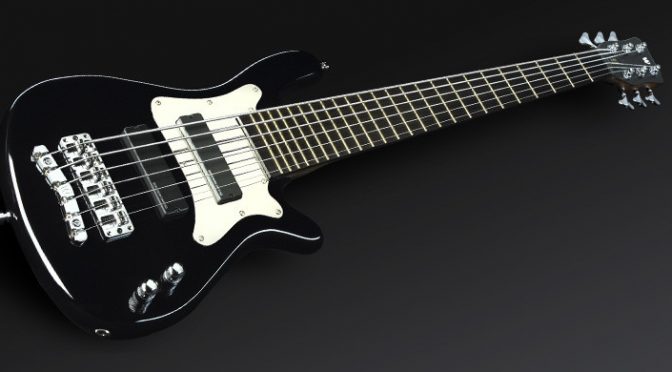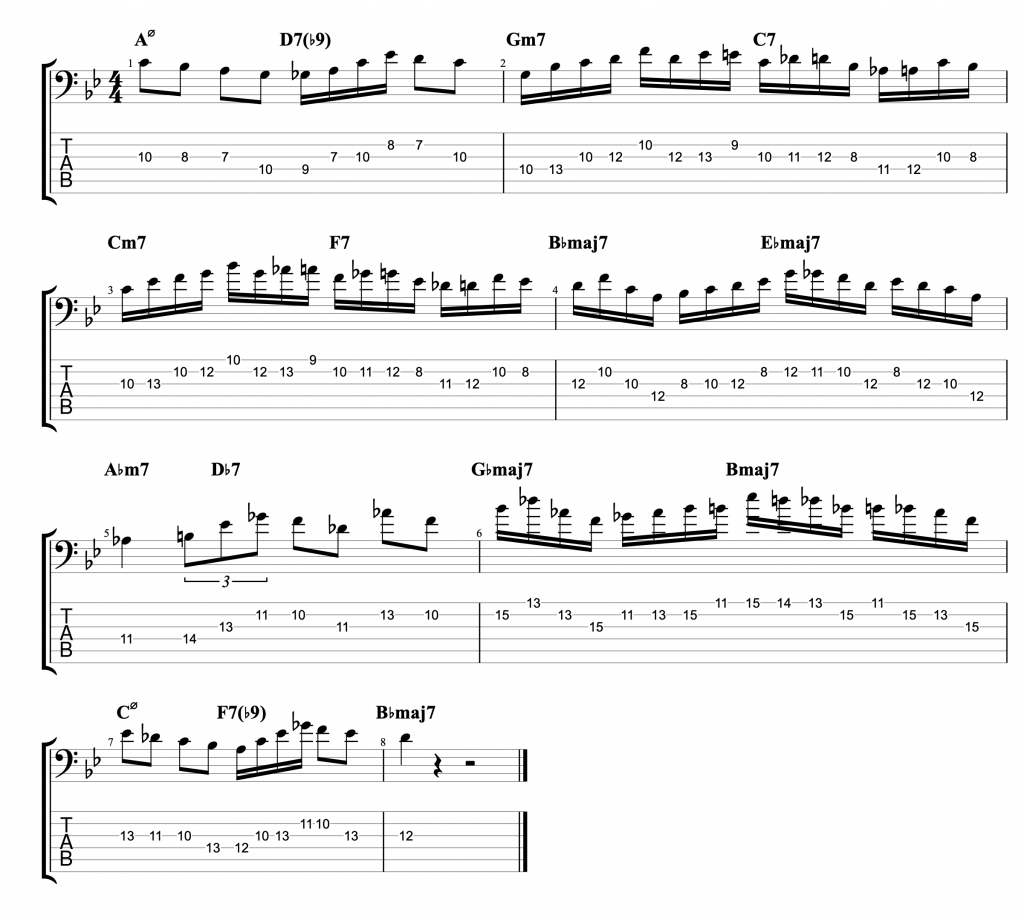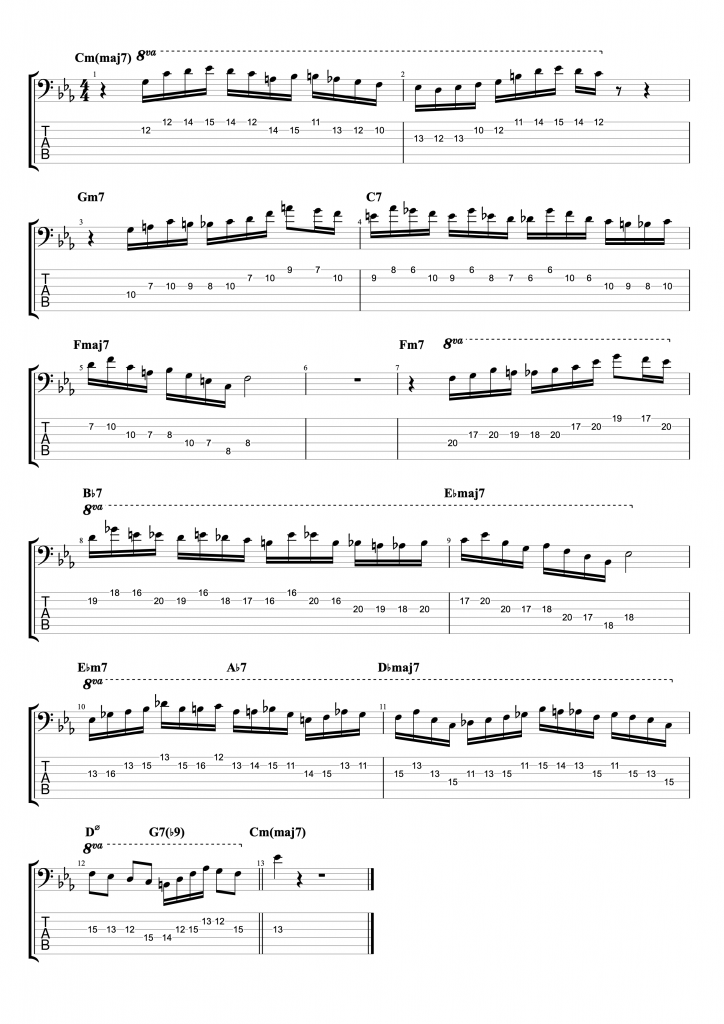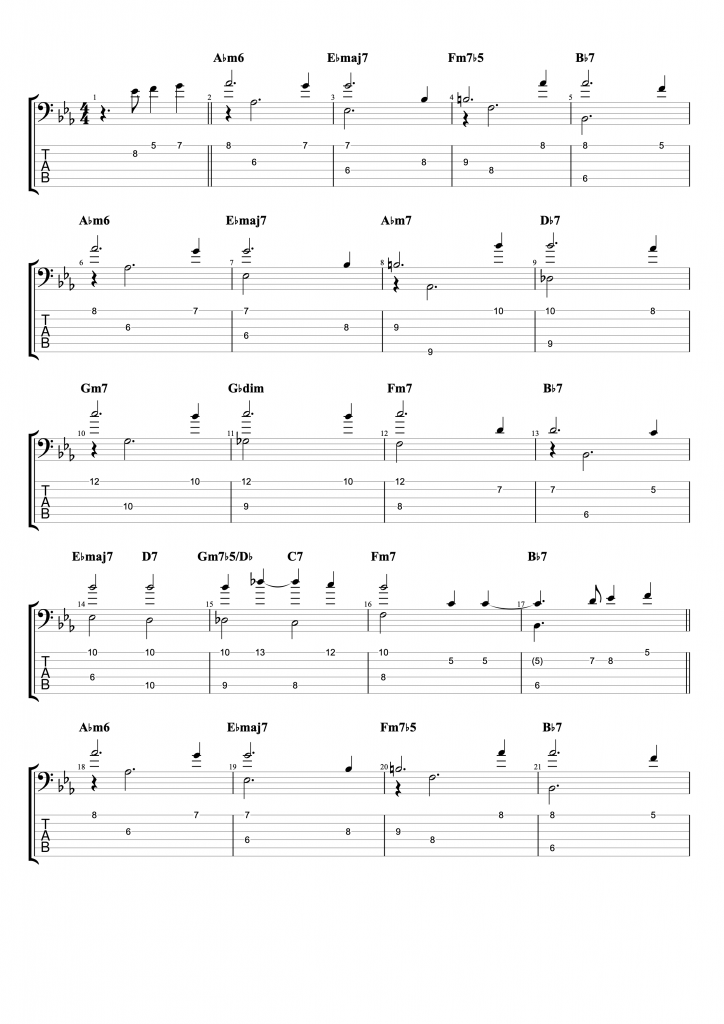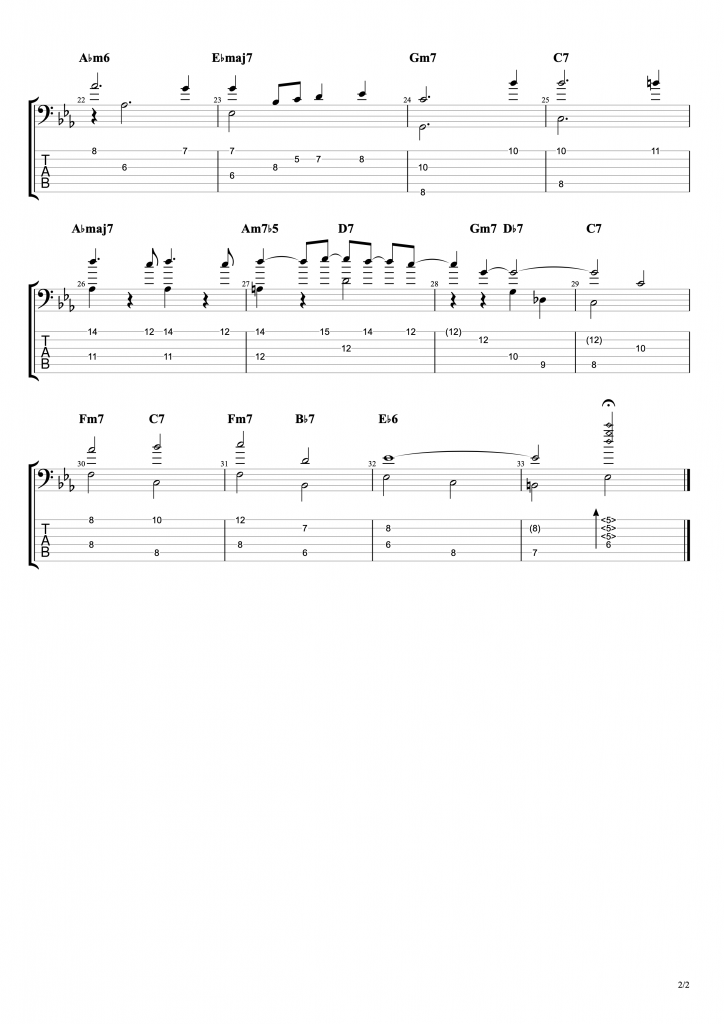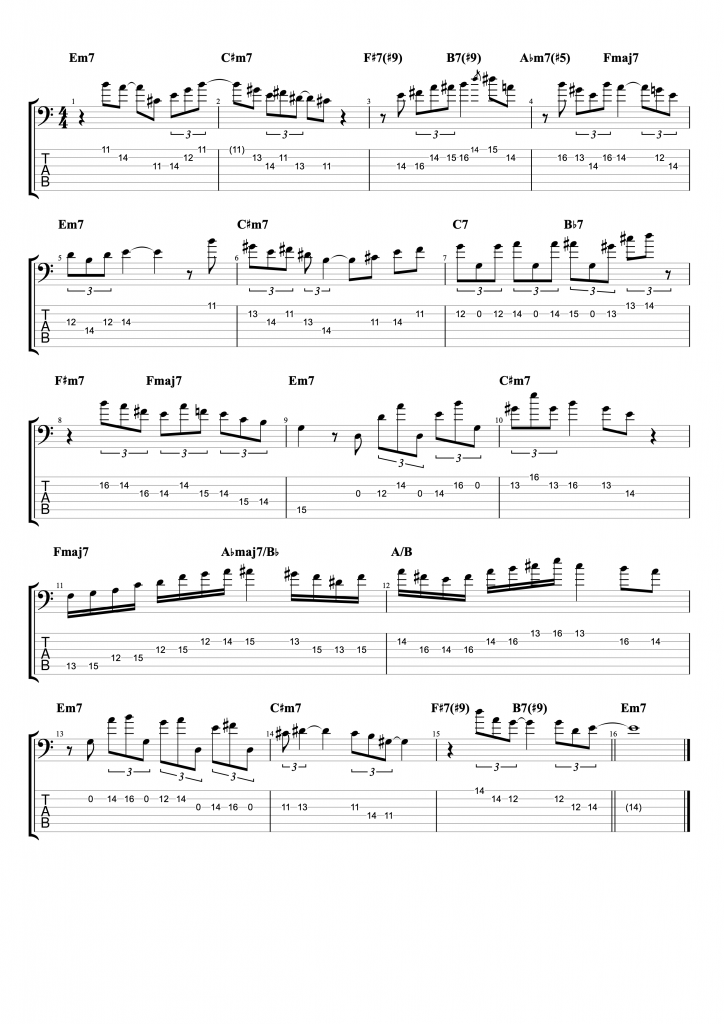An Introduction to I VI II V – Chords on 6-String Bass – Bass Practice Diary – 26th November 2019
I VI II V is possibly the most commonly used chord sequence in jazz. So, I think it’s time I started to look at how you can approach playing this simple but versatile chord progression on a 6-string bass. It’s been a few weeks since my last video about playing chords on 6-string bass. So, I’m bringing the series back this week with an important one.
Why is I VI II V so common in jazz?
That’s a question I used to ask myself a lot when I was younger. When you listen to the progression played in it’s simplest form, it’s not particularly interesting. It’s quite practical, because it has a nice cycle of fifths movement, with the VI leading to the II to the V and back to the one. So it can just go around and around, with the V always leading back to the I. It’s a nice cyclical chord movement that takes you back to chord I. And as such it’s very often played on the turnaround of a jazz progression.
In the standard chord progression, chord I is a major 7th chord, chord VI is usually played as a dominant 7th chord. Although if you harmonise the chords using the diatonic major scale it would be a minor 7th chord. The reason it’s usually played as a dominant 7th chord is because it acts as a chord V leading to the minor 7th chord II. And the real chord V is also a dominant 7th chord.
Here is my version of a standard I VI II V chord progression in the key of E.

But to really understand why I VI II V is so popular, I think you need to understand a bit about how and when jazz musicians like to use it.
Chord substitutions
The first thing that you need to know about how most jazz musicians will use the I VI II V progression, is that they will try to find as many ways as they can to avoid playing the obvious chord progression. They do this by finding chord substitutions and adding extensions and alterations to the standard chords.
I often get people asking me to explain the concept of chord substitutions. But it’s a very difficult thing to do. Because the truth is, that you can substitute any chord with any other chord. The only restriction is what your ear will accept is a valid substitution. And that is a matter of taste and opinion. How much dissonance are you willing to accept?
However, if I was going to sum up the concept of chord substitutions in one short paragraph. I would say that you are looking for chords that have important notes in common with each other. Which brings me neatly on to the most common chord substitution in jazz, the tritone substitution.
Substituting dominant chords
Tritone substitutions can be performed on any dominant 7th chord. The principle is, that any dominant 7th chord shares two notes in common with another dominant 7th chord. Those notes are the 3rd and the 7th. In order to find the substitute dominant chord you need to find a root note that is an interval of three tones away from the root note of the original chord. If you’re not sure what I mean, check out my guide to playing intervals on the bass.
Take the example of the G7 chord. The root is G, there 3rd is B and the 7th is F. You can play it like this.
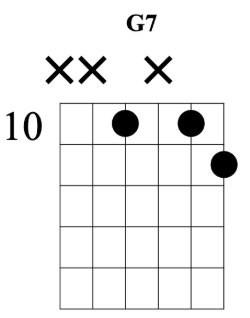
The tritone substitution would be Db7. The root is Db, the 7th is B (Cb) and the 3rd is F.
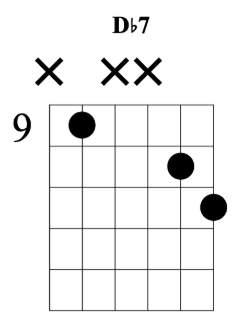
Here is the I VI II V chord progression played in C major using tritone substitutions on the two dominant 7th chords. I’ve also substituted chord III for chord one in the first bar.









